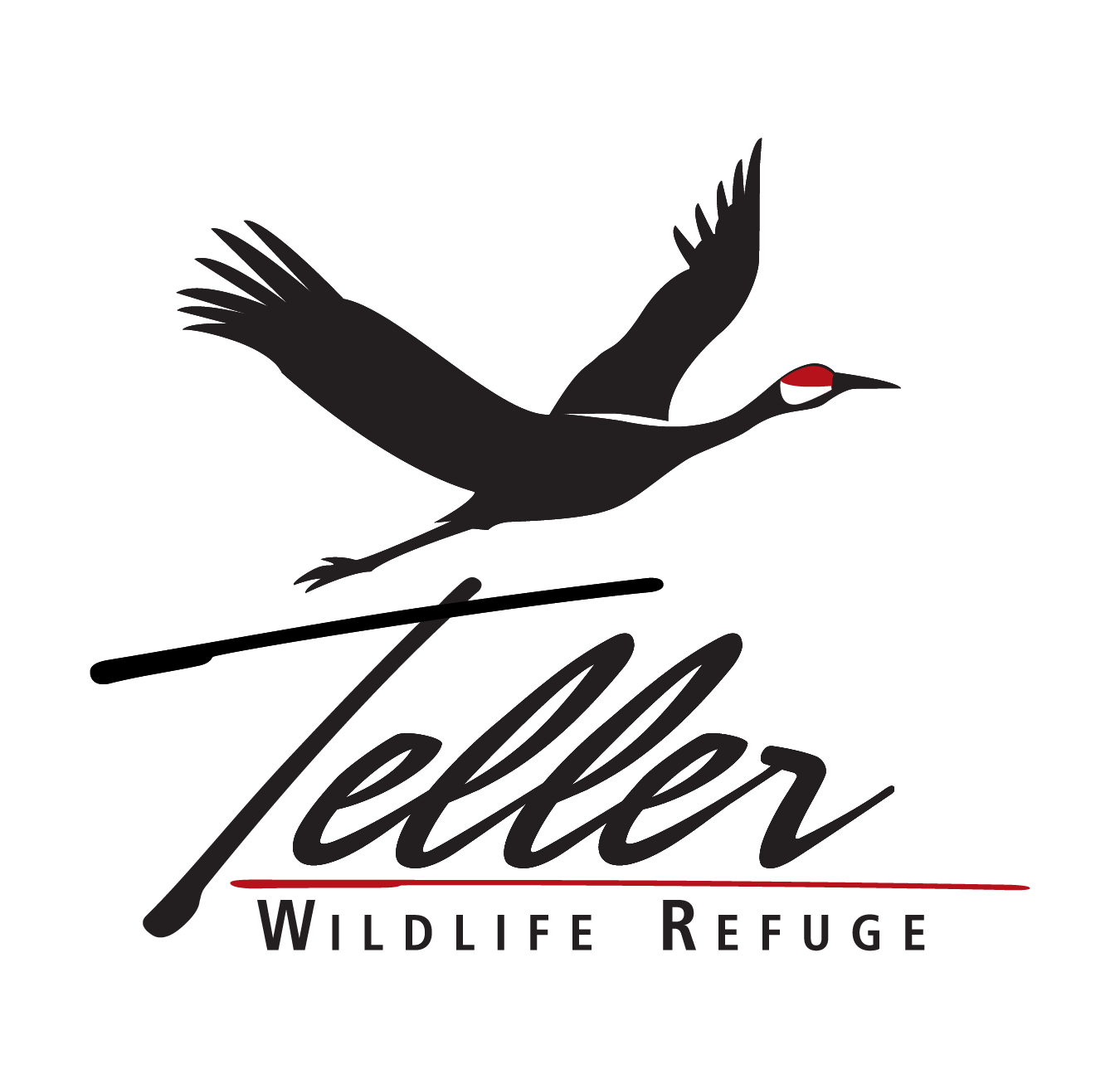
What are riparian corridors?
You have probably played in or explored creeks, streams, rivers, ponds, or lakes. Did you know that means you have been in a riparian area? Riparian areas provide space, shelter, water, and food for both humans and wildlife! They are made up of a water source like a river or pond, lots of water loving plants, and usually trees like cottonwoods, aspens, or willows. Riparian areas are very important for the ecosystem because they provide habitat for insects, amphibians, fish, and other wildlife and the plants, and they improve the water quality of streams and lakes because they filter out the sediments and harmful chemicals that might be entering the water making the water safe for people and wildlife to use!
Riparian corridors are a little different than riparian areas because they include all areas that are near rivers or within the floodplain of a river, stream, pond, or lake. They include rivers, streams, spring creeks, irrigation ditches, emergent wetlands, open water wetlands, some uplands, and agricultural fields. All of these together make up riparian corridors and make a very unique ecosystem. Teller Wildlife Refuge is located right in the middle of the Bitterroot River riparian corridor and is made up of all of these different types of ecosystems!
Everyone is responsible for protecting our riparian areas. Without riparian areas, humans and wildlife would lose their precious water and food sources that we cannot live without. In the lesson content below, you will learn more about riparian areas, what they are made up of, and ways you can protect them. You will also get to define some very important terms, create a field journal, and then participate in a fun activity! By the end of the lesson you should have lots of knowledge to answer the question above!
Vocabulary
River
A river is a large natural stream of water that flows over land. The water may come from rainfall, from melting snow or ice, or from underground through a spring. A river receives water from the smaller streams that flow into it.
Stream
A stream is a natural flow of water moving across the land between banks. It is smaller than a river. It is also commonly called a creek, tributary, or brook.
Spring Creek
Spring creeks are free flowing bodies of water that are sourced or fed by an underground aquifer, which is water that comes up from underground.
Irrigation Ditch
Irrigation ditches are manmade channels that take water from natural streams or rivers and make the water flow to homes, farms and other uses. They look like streams except they are manmade not natural.
Emergent Wetland
Emergent wetlands are characterized by rooted and erect plants growing in water or that are at least covered in water part of the year. The plants in emergent wetlands are around for most of the growing season most years. These plants are called perennials.
Open Water Wetland
Open water wetlands are characterized by open water that does not have vegetation rooted in it. They are used for foraging, breeding, nesting and over-night areas for a wide variety of birds.
Upland
Uplands are the areas of land that are away from the river and streams. They don’t collect water on them and are often drier than wetlands.
Agriculture Fields
Agricultural fields are used by farmers to grow crops (corn, beans, barley) or to raise animals and livestock (cows, sheep). Agricultural fields are often watered using irrigation ditches.
Riparian Corridor
Riparian corridors include all areas that are near rivers or within the floodplain of a river, stream, pond, or lake. They include rivers, streams, spring creeks, irrigation ditches, emergent wetlands, open water wetlands, some uplands, and agricultural fields. All of these together make up riparian corridors.
Focus Questions
Why are river riparian corridors important?
What makes up a river riparian corridor?
Lesson Content
Riparian Areas
Learn about what a riparian area is and why it is important! Are there riparian areas where you live?
Best for grades 3-8
Best for grades K-3
Best for grades 3-8
Wetlands
Explore wetlands and everything that goes into them! What wetlands have you been to?
Best for grades K-8
Best for grades K-8
Best for grades 3-8
Best for grades 5-8
Rivers
Learn about rivers and their importance in ecosystems! What rivers do you live by?
Best for grades K-5
Agriculture and Riparian Areas
Learn about how farmers can use riparian areas to benefit their farms! How have you seen farmers use riparian areas?
Best for grades K-8
Best for grades 5-8
Activities
1. Create artwork that shows a riparian area, including characteristics of the habitat and the organisms found in this habitat.
2. Design an artificial habitat that contains essential requirements for survival of a particular species in the riparian zone.
Pick a riparian species (trout, frog, beaver, deer, osprey, stonefly)
Use natural items like sticks, rocks, leaves, water, and soil to create the habitat your riparian animal needs to live in
Make sure your habitat includes food, water, shelter, and space!
Field Journal Prompts
Write a few sentences and/or draw a picture to show how much you learned!
1. What makes up a river riparian corridor?
2. Who or what uses riparian areas?
3. Why are riparian areas important to protect?









